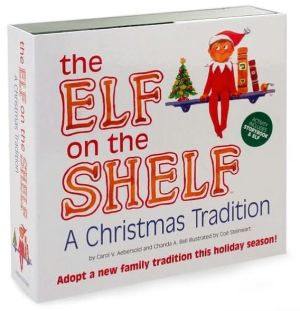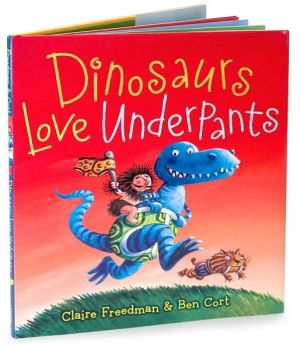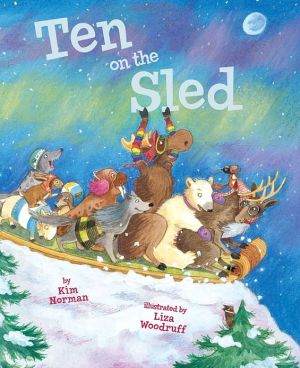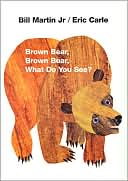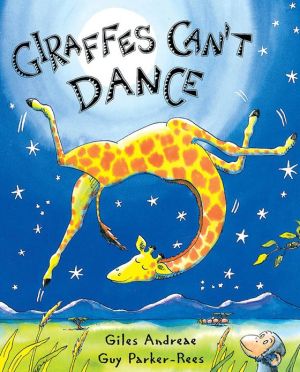Red Leaf, Yellow Leaf
Lois Ehlert uses watercolor collage and pieces of actual seeds, fabric, wire, and roots in this innovative and rich introduction to the life of a tree. A special glossary explains how roots absorb nutrients, what photosynthesis is, how sap circulates, and other facts about trees. “Children will beg to share this book over and over.”—American Bookseller\ \ \ A child describes the growth of a maple tree from seed to sapling.\
Search in google:
Lois Ehlert uses watercolor collage and pieces of actual seeds, fabric, wire, and roots in this innovative and rich introduction to the life of a tree. A special glossary explains how roots absorb nutrients, what photosynthesis is, how sap circulates, and other facts about trees. “Children will beg to share this book over and over.”—American BooksellerPublishers WeeklyEhlert ( Color Zoo ) uses a variety of materials--including paper, ribbons and paints--to depict the beginning of a sugar maple's life. Some time after seeds fall from a tree in the woods, nursery workers collect the slender sprouts; years later the tree is sold to a customer (the young first-person narrator of the book), taken home and carefully planted. Once again Ehlert provides a visual bounty: her pages are awash in the riotous reds and golds of autumn and the fresh, vibrant greens of new growth. There is bounteous information, too: in addition to the tree itself she includes several varieties of birds and many of the objects associated with gardening. An appendix provides further details on the biology and upkeep of trees. Less successful is the story line linking the tree to the narrator; the child remains an unseen abstraction whose utterances (``I love my tree'') appear stiff and a bit forced. Ages 4-8. (Sept.)
\ Publishers Weekly\ - Publisher's Weekly\ Ehlert ( Color Zoo ) uses a variety of materials--including paper, ribbons and paints--to depict the beginning of a sugar maple's life. Some time after seeds fall from a tree in the woods, nursery workers collect the slender sprouts; years later the tree is sold to a customer (the young first-person narrator of the book), taken home and carefully planted. Once again Ehlert provides a visual bounty: her pages are awash in the riotous reds and golds of autumn and the fresh, vibrant greens of new growth. There is bounteous information, too: in addition to the tree itself she includes several varieties of birds and many of the objects associated with gardening. An appendix provides further details on the biology and upkeep of trees. Less successful is the story line linking the tree to the narrator; the child remains an unseen abstraction whose utterances (``I love my tree'') appear stiff and a bit forced. Ages 4-8. (Sept.)\ \ \ \ \ Children's Literature\ - Beverly Kobrin\ Hand youngest readers (and read aloud to even younger children) Lois Ehlert's Red Leaf, Yellow Leaf. Author/artist Ehlert describes a sugar maple's growth from seed to mature tree in all its fall regalia. Brilliant collages of paper, fabric, leaves, twigs, and the like illustrate the simple story (in large type for young readers) and the underlying facts (in small type for older readers).\ \ \ School Library JournalPreS-Gr 3-- This very striking book examines the life of a sugar maple tree from the point of view of a young child. Each spread is a visual masterpiece; Ehlert has added elements of collage and watercolored paper that lend sophistication and diversity to her ever-evolving style. Preschoolers will delight in naming objects found on each double-page spread, newly independent readers will appreciate the oversized type, and slightly older children will make use of the appendix explaining the various functions and parts of a tree, along with tips on selecting and planting one. Although the book is absolutely stunning, text and illustrations in several instances are not a perfect union. Youngsters may question the ``I'' in the opening narration, or wonder why seeds covered with snow are mentioned but not depicted. The cover spread is gorgeous, yet the title is not particularly apt or telling. Still, both public and school libraries will find this book popular and valuable, especially when used along with Janice Udry's A Tree Is Nice (HarperCollins, 1956) or Alvin Tresselt's The Dead Tree (Parents Magazine Pr., 1972; o.p.). --Eve Larkin, Chicago Public Library\ \
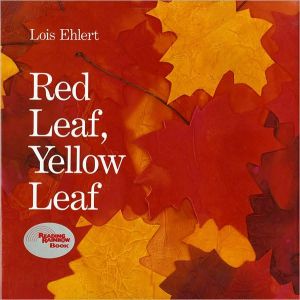
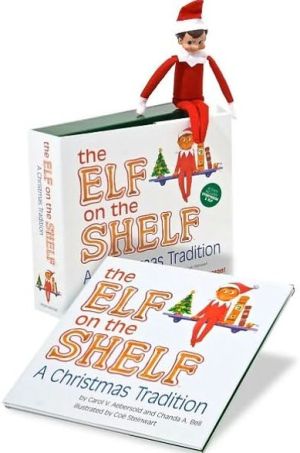
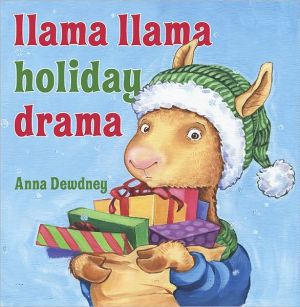
![Tickle Monster Laughter Kit [With Tickle Mitts] Tickle Monster Laughter Kit [With Tickle Mitts]](/application/data/covers/98/35/9781932319835.jpg)
